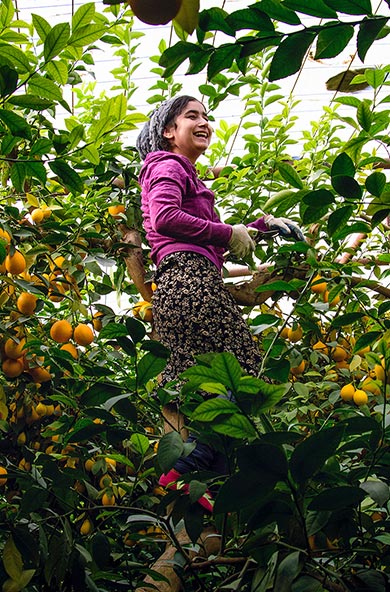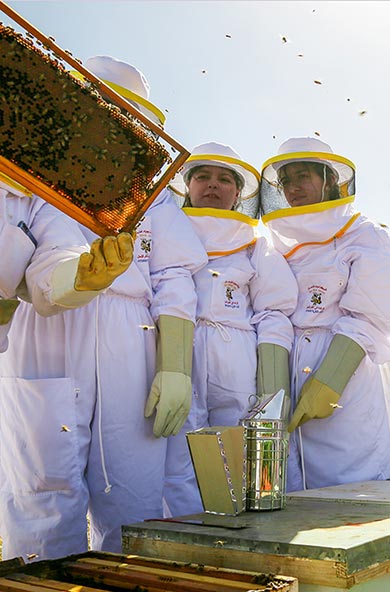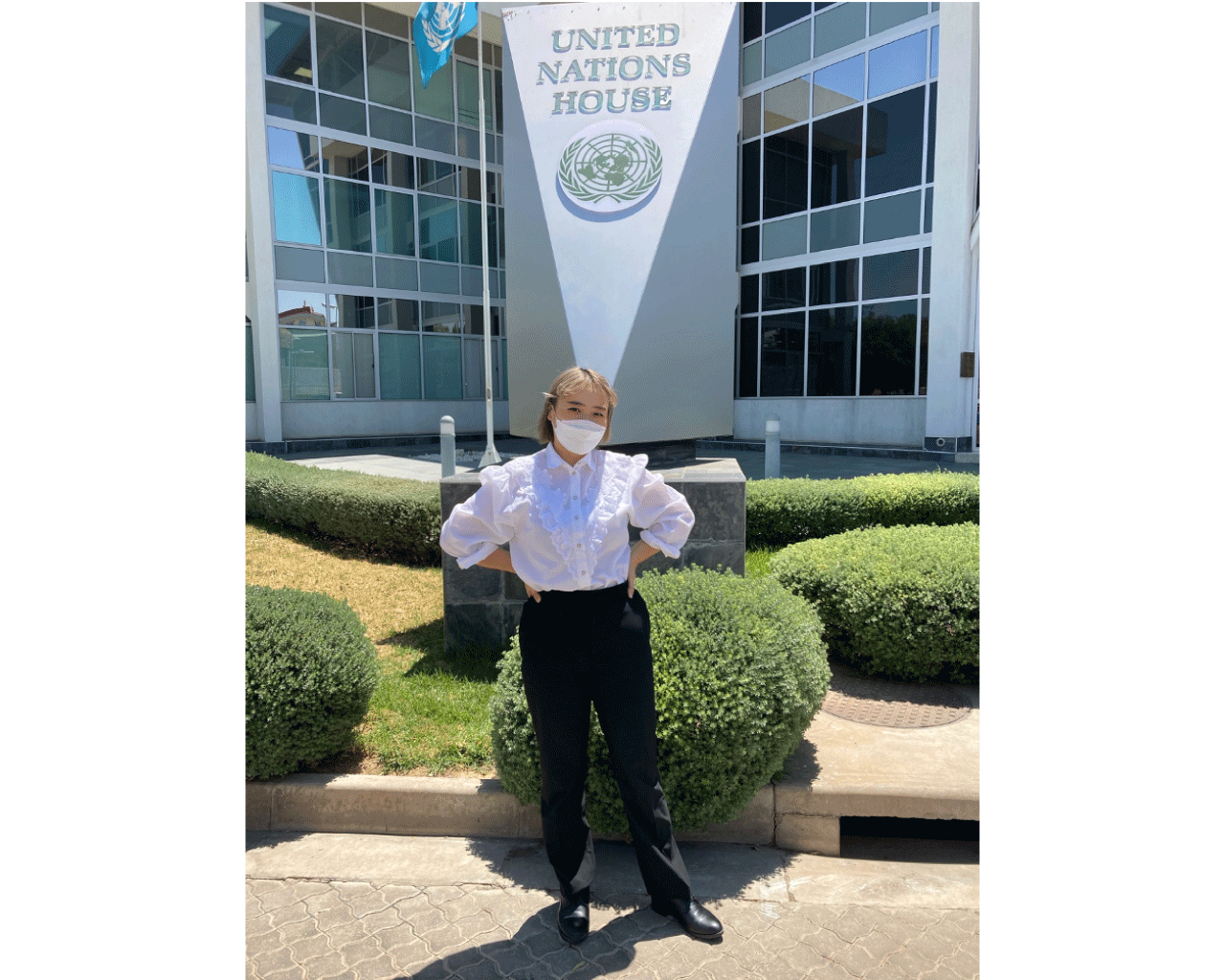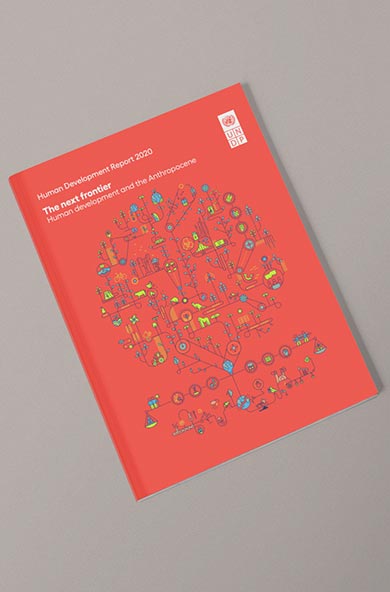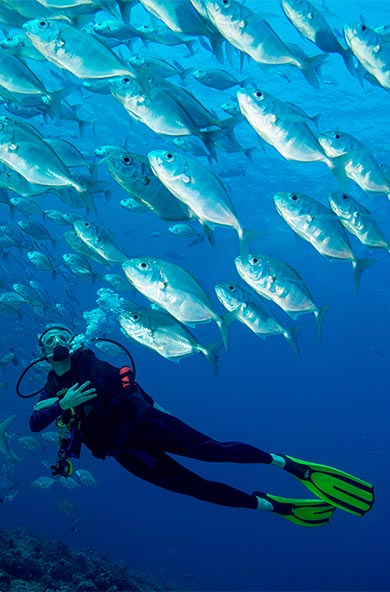Deosai - Wilderness in Peril
Our planet is not only the cradle of our existence, but it is a beautiful place with the most diverse, stunning natural landscapes and alive with the most fascinating living species. Yet, often we take it for granted and, unfortunately, humankind’s quest towards progress has come at a high cost to our environment.
Today we are seeing unprecedented land degradation, and the loss of arable land at 30 to 35 times the historical rate. Drought and desertification is also on the rise each year, amounting to the loss of 12 million hectares, affecting poor communities globally. Of the 8,300 animal breeds known, 8% are extinct and 22% are at risk of extinction.
Pakistan is no stranger to this threat. From the Himalaya – Karakorum - HinduKush mountain ranges to the Indus river basin and Tharparkar desert, ecosystems and biodiversity are disappearing, and with them traditional livelihoods and communities. This is compounded by the fact that Pakistan is the 7th most affected country by climate change.
The Himalayan brown bear is critically endangered. Confined to the Deosai plains of Northern Pakistan, this majestic animal is at risk of becoming extinct, unless we take action.
This is very much in line with SDG 15, to protect Life on Land, part of the global commitment to sustainable development which Pakistan endorsed and adopted as its own.
To preserve and rebuild the fragile population of the Himalayan brown bears, stronger and more rigorous measures need to be put in place. These range from better governance and management of the national park, implementing sustainable tourism practices, making communities appreciate the value they bring to their livelihoods.
Read more about TREK FOR BEARS by Ignacio Artaza.

 Locations
Locations